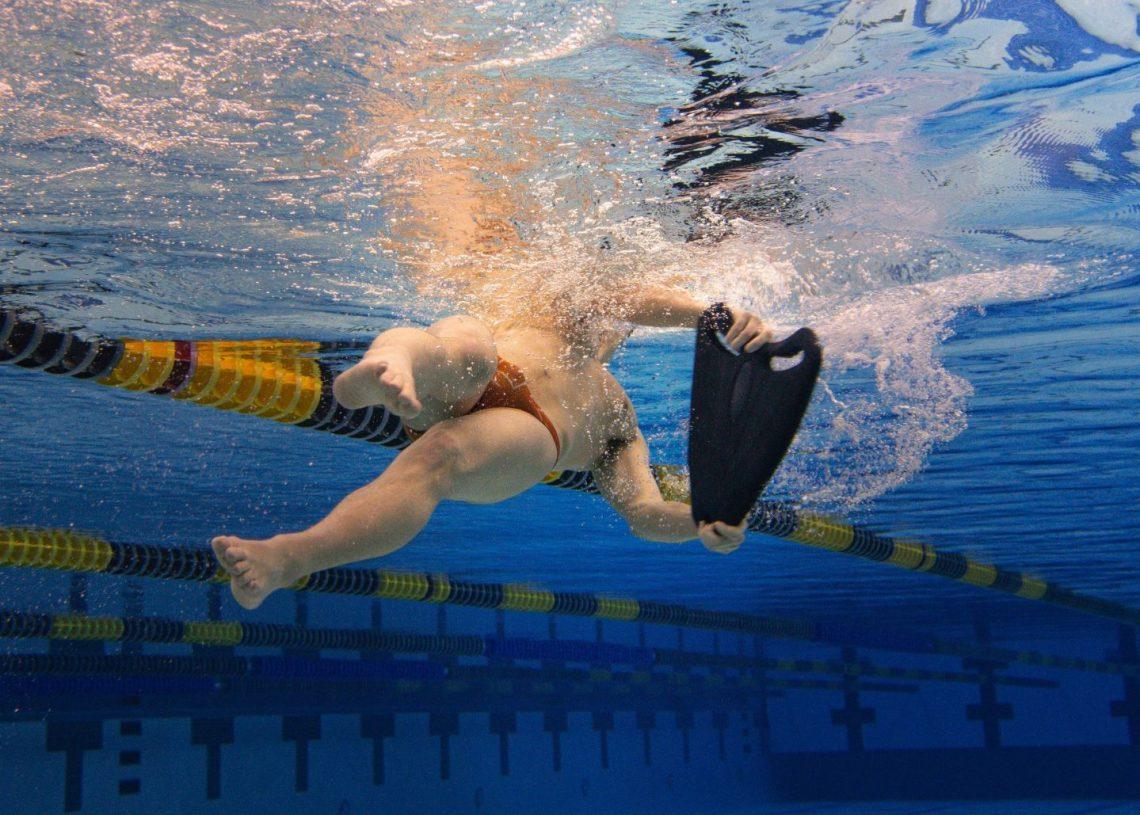
How to invent your own swimming drills
We use swimming drills to help us focus on and improve our technique. There are lots to choose from but sometimes you can’t find one that exactly fits what you want to work on. No problem. Just make one up.
Swimming efficiently requires good technique. Developing good swimming technique needs diligent and ongoing practice. Because there are many moving parts when you swim, it can be hard to focus on and isolate the movement you’re trying to practice. Swimming drills can help you do this.
For example, say you’re trying to improve your catch – the first part of your stroke when you take hold of the water. If you try to do this while swimming normally, you may lose focus when you breathe. Instead, you could try a drill where you hold your breath for several strokes or use a snorkel.
Drills sometimes have hidden benefits too. If you do something like the 6-3-6 drill (6 kicks, 3 arm strokes, 6 kicks) you may be focused on your hand entry or catch but you’ll also engage your core and improve your alignment.
More generally, swimming drills help develop your overall sense of position and movement. You gain more control of your body and feel more relaxed and at home in the water. This is also a good reason to practice other swimming strokes too, rather than sticking with your favourite.
There’s a wide selection of drills developed by swimmers and coaches that you can choose from already, but sometimes a popular drill might not exactly fit the technique point you want to work on. So why not invent your own? Or perhaps combine some drills you already know to make something new and specific. You can also use training tools such as pull buoys, kick boards and paddles in creative ways.
I recently wanted to think about my catch, so I combined sculling with catch-up. I started with sculling, then dropped my face into the water, rotated onto one side while stretching out my arm, and did one complete stroke (without a breath). I then returned to sculling, made sure I was in a good horizontal position in the water and repeated with the other arm. That way, I could focus on the pathway of my hand through the water.
It’s best to have a specific objective in mind when you create a drill (and when you’re doing any drills). But if you feel like doing something just for fun, then do that too. It all helps you become more at one with the water.
See our Swim Training section for more tips and training advice.
This article contains affiliate links. Feature image: Ivan Puskovitch (c) THEMAGIC5








